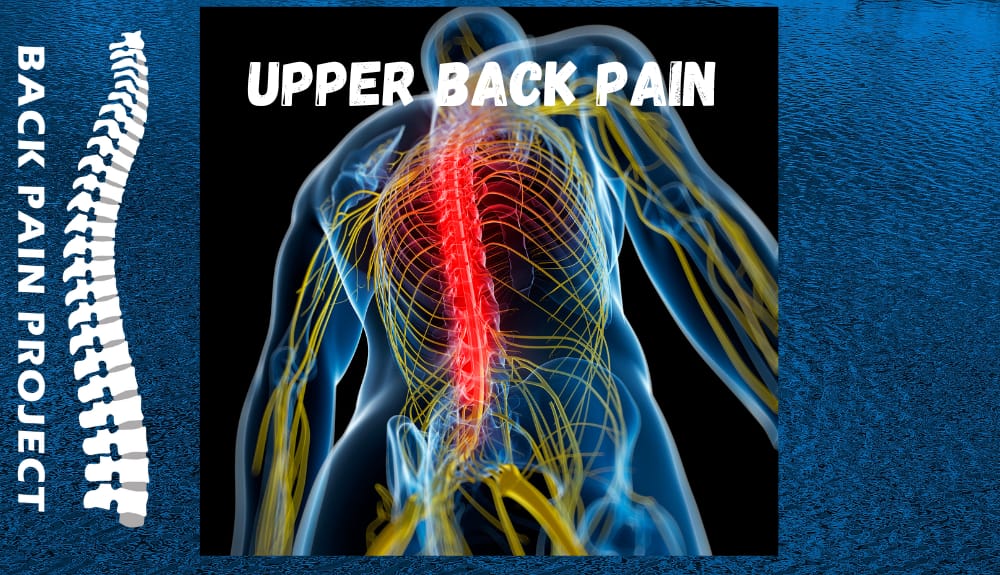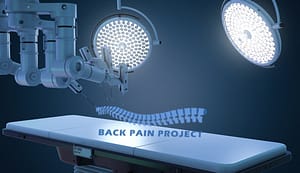What is Upper Cross Syndrome?
One of the many conditions chiropractors treat is called upper cross syndrome (UCS). This occurs when the neck, chest, and shoulder muscles become deformed, primarily due to poor posture. These muscles, particularly the levator scapula and upper trapezius, may become strained when the head is repeatedly pushed forward for long periods. As the back muscles in the neck and shoulder become overactive, the major and minor pectoralis in the chest tighten up and shorten. An X shape can form when the overactive muscles overlap with the surrounding underused muscles.
Sitting or standing with the head pushed forward for extended periods puts people at risk of developing upper cross syndrome. A lot of people fall into this position when they are watching TV, reading a book, texting on a smartphone, or scrolling on their laptops. Driving and biking are other common activities where people typically push their head forward.
With upper cross syndrome, the neck appears bent forward and the shoulders take on a rounded, stooped appearance. Due to the strain the deformed muscles put on the supporting tendons, joints, and bones, this condition can lead to pain in the jaw, neck, and lower back, as well as headache and fatigue. Those affected by UCS may also struggle to drive long distances or relax with a good book or movie.
It’s important to correct slouching or leaning as much as possible to keep the spine in line and avoid overworking any muscles. If you are suffering from posture problems and symptoms of UCS, it’s best to see a chiropractor who can properly diagnose and treat the condition. Realignments and adjustments are part of UCS chiropractic care, along with stretching exercises and physical therapy in some cases. The Back Pain Project can help if you are having upper back pain and its due to poor posture






